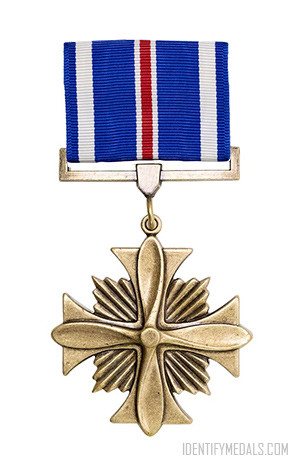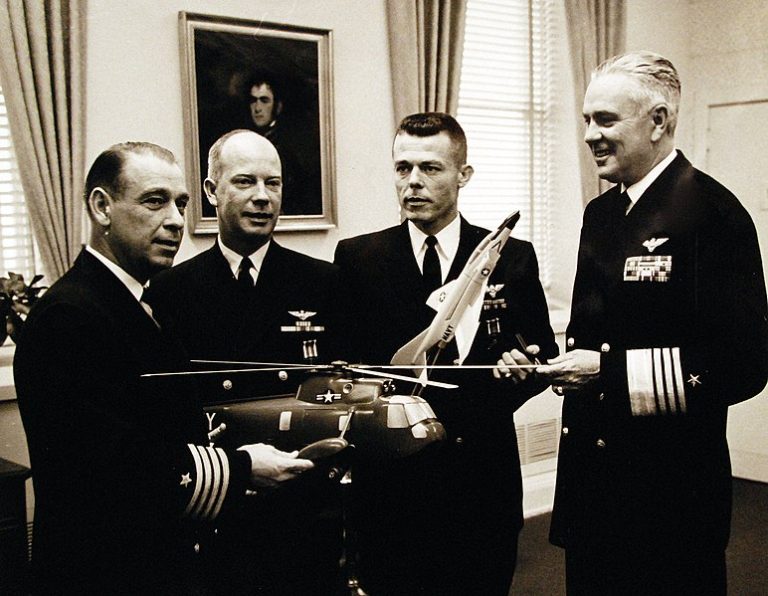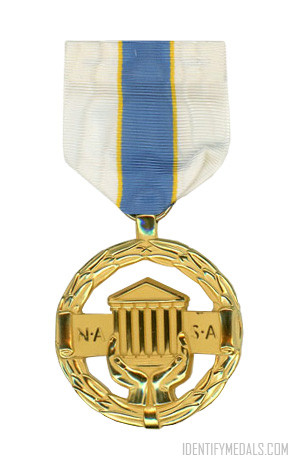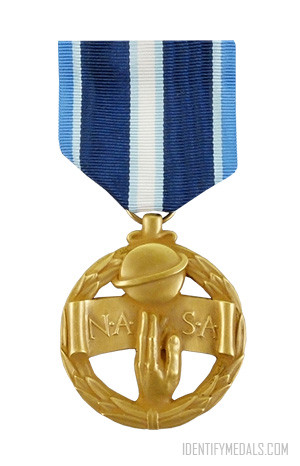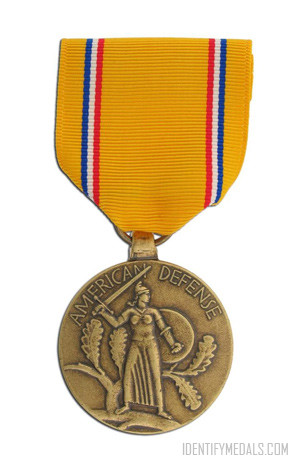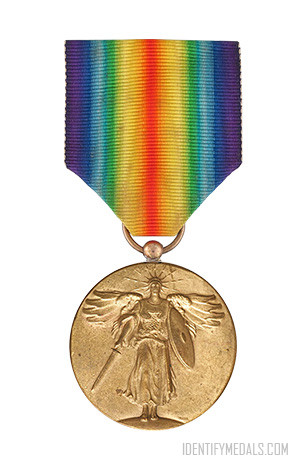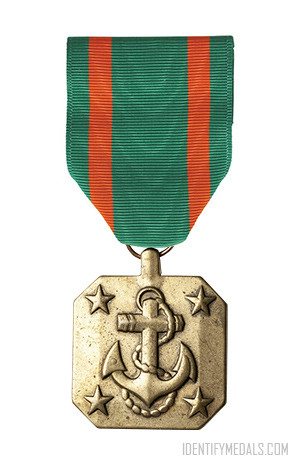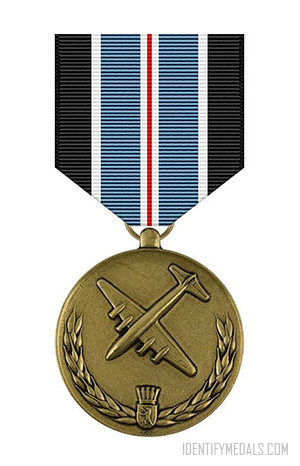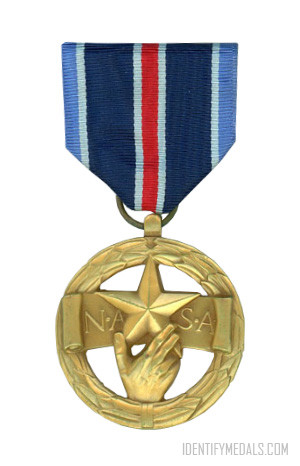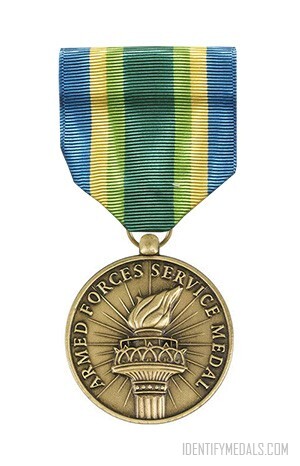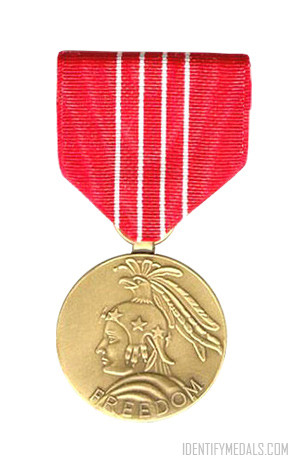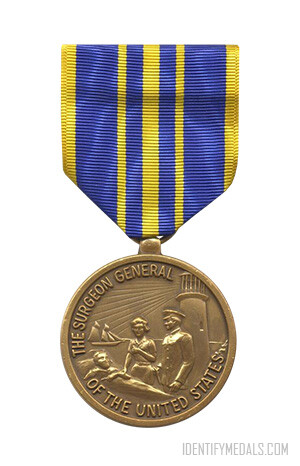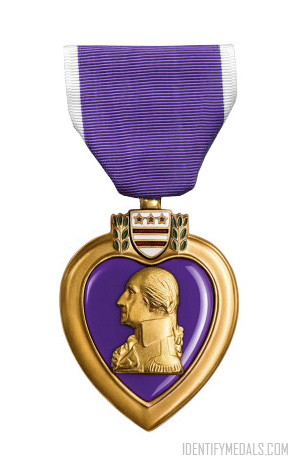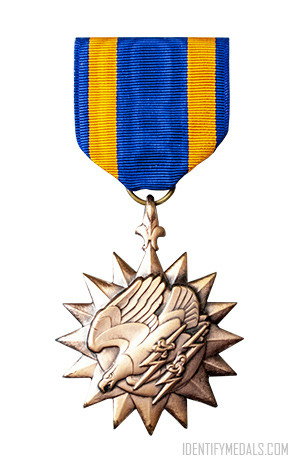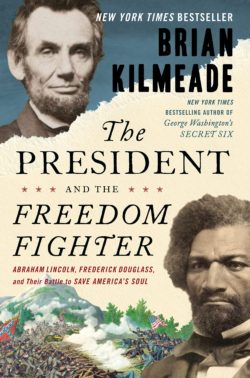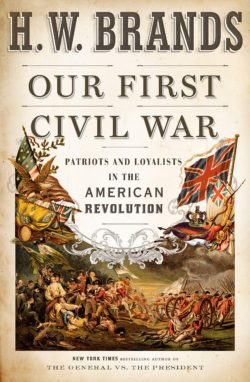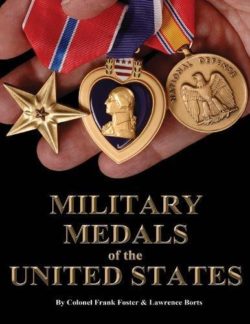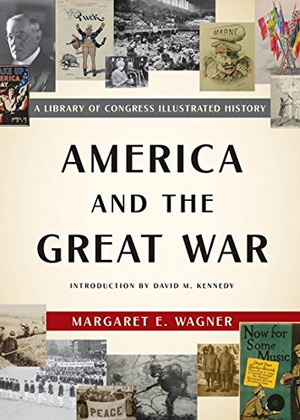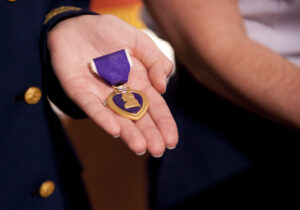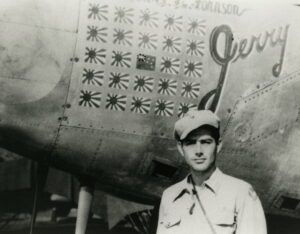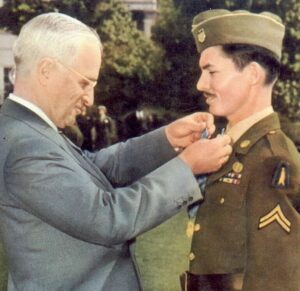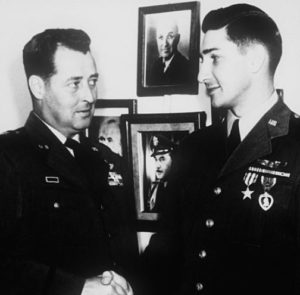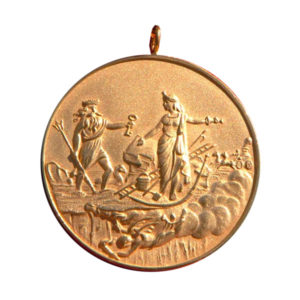- Time Period: Interwars Period
- Institution: 2 July 1926
- Country: United States
The Distinguished Flying Cross is an American military decoration awarded to any officer or enlisted member of the United States Armed Forces who distinguishes himself in support of operations by “heroism or extraordinary achievement while participating in an aerial flight, subsequent to November 11, 1918.”
The first award of the Distinguished Flying Cross was made by President Calvin Coolidge on May 2, 1927, to ten aviators of the U.S. Army Air Corps 🔗 who had participated in the Army Pan American Flight which took place from December 21, 1926, to May 2, 1927. Two of the airmen died in a mid-air collision trying to land at Buenos Aires on February 26, 1927, and received their awards posthumously.
Charles Lindbergh 🔗 received the first presentation of the actual medal about a month later from Coolidge during the Washington, D.C. homecoming reception on June 11, 1927, from his trans-Atlantic flight.
The medal had hurriedly been struck and readied just for that occasion. The first Distinguished Flying Cross to be awarded to a Naval aviator was received by Commander Richard E. Byrd 🔗, USN for his trans-Atlantic flight from June 29 to July 1, 1927, from New York City to the coast of France. Byrd and his pilot Machinist Floyd Bennett 🔗 had already received the Medal of Honor for their historic flight to the North Pole on May 9, 1926.
During World War II, the medal’s award criteria varied widely depending on the theater of operations, aerial combat, and the missions accomplished. In the Pacific, commissioned officers were often awarded the DFC, while enlisted men were given the Air Medal. In Europe, some crews received it for performances throughout a tour of duty, and different criteria were used elsewhere.
The Distinguished Flying Cross in World War II
During World War II, the Distinguished Flying Cross (DFC) was awarded to numerous individuals for their exceptional actions and achievements in aerial combat and aviation operations. Here are a few examples of people who received the DFC for their actions during this time:
Lieutenant Colonel Jimmy Doolittle 🔗: Jimmy Doolittle, an American aviator and Air Force general, was awarded the Distinguished Flying Cross for leading the famous Doolittle Raid in April 1942. This daring mission involved the first U.S. air raid on the Japanese mainland, boosting American morale after the devastating attack on Pearl Harbor.
Lieutenant Richard I. Bong 🔗: Richard I. Bong, a U.S. Army Air Forces pilot, was awarded the DFC multiple times during World War II. Bong became one of the most successful American fighter aces, achieving 40 confirmed aerial victories. His exceptional skills and bravery earned him the distinction of being the highest-scoring American ace of the war.
Lieutenant Colonel John C. Meyer 🔗: John C. Meyer, a fighter pilot in the U.S. Army Air Forces, earned the DFC for his courageous actions during the air campaign in Europe. He was recognized for his exceptional leadership and flying skills, notably during the Battle of the Bulge, where he achieved aerial victories against German aircraft.
Lieutenant Colonel Robert M. Hanson 🔗: Robert M. Hanson, a Marine Corps aviator, was awarded the Distinguished Flying Cross for his extraordinary actions as a dive-bomber pilot in the Pacific Theater. He demonstrated exceptional accuracy and bravery in attacking enemy targets, notably during the Battle of Guadalcanal.
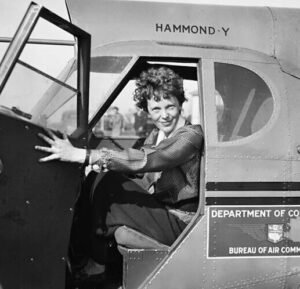
One of a Kind: Amelia Earhart And The Distinguished Flying Cross
Why did Amelia Earhart receive the award (a traditionally a military decoration) in recognition of her 1932 solo transatlantic flight?
The Distinguished Flying Cross Design
The Distinguished Flying Cross is a bronze cross pattee designed by Elizabeth Will and Arthur E. DuBois.
On the obverse is superimposed a four-bladed propeller, 1 11/16 inches in width. Five rays extend from the reentrant angles, forming a one-inch square. The reverse is blank; it is suitable for engraving the recipient’s name and rank. The cross is suspended from a rectangular bar.
The suspension and service ribbon of the medal is 1 3/8 inches wide and consists of the following stripes: 3/32 inch Ultramarine Blue 67118; 9/64 inch White 67101; 11/32 inch Ultramarine Blue 67118; 3/64 inch White 67101; center stripe 3/32 inch Old Glory Red 67156; 3/64 inch White 67101; 11/32 inch Ultramarine Blue 67118; 9/64 inch White 67101; 3/32 inch Ultramarine Blue 67118.
Additional awards of the Distinguished Flying Cross are shown with bronze or silver Oak Leaf Clusters for the Army and Air Force, and gold and silver 5⁄16 Inch Stars for the Navy, Marine Corps, and Coast Guard. The Air Force, Navy, and Marine Corps may authorize the “V” device for wear on the DFC to denote valor in combat; Navy and Marine Corps, Combat “V”.

